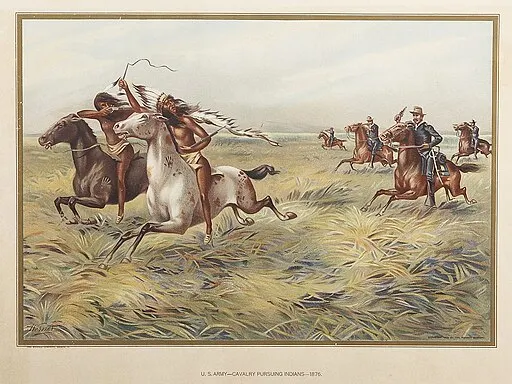8G History Week 14 Assignment
For this assignment, I will highlight the life of two separate generals, one from the Union and one from the Confederacy.
Robert E. Lee
Robert Edward Lee was born on January 19, 1807, in Virginia. His parents were popular and fairly wealthy. But Lee’s father moved away to the Caribbean and was never seen again. Lee went to the U.S. Military Academy when he was 18. He was a role model to some of the other students, and he graduated to later become a Second Lieutenant in the Engineer Corps.
However, Lee wouldn’t actually fight in any battles until the 1840s. He married the great-granddaughter of George Washington, Mary Anna Randoph Custis.
Lee had confusing ideas about slavery. He said that slavery was “a greater evil to the white than to the black race, & while my feelings are strongly interested in behalf of the latter, my sympathies are more strong for the former.” He thought that God should decide what to do with slavery.
Lee was promoted to Colonel on March 16, 1861. At that time, the Confederate States of America were already formed. He was offered a spot in the U.S. army, but he said no. He was against secession, but he wanted to stay loyal to his home state of Virginia. When he joined the Confederacy, he was promoted to General.
Lee was very successful overall in his career, with many famous victories including the Second Battle of Bull Run, the Battle of Fredericksburg, and the Battle of Chancellorsville. His greatest defeat was the Battle of Gettysburg. (davidjamesgarber.com/blog/2025/02/civil-war-battles/)
Ulysses S. Grant
Ulysses S. Grant was born on April 27, 1822. His father was a tanner, but Grant didn’t like the work, so his father got him a spot in the U.S. Military Academy. Grant wasn’t happy about that, but he didn’t have much choice. He graduated in 1843 in the middle of his class, becoming a second lieutenant. He was never very interested in what the Academy was teaching, and he enjoyed doing the art courses and reading. Grant served in the Mexican-American war, under General Zachary Taylor. He was promoted to first lieutenant.
After the Mexican-American war, he married Julia Boggs Dent. Grant helped in the Civil War by training more troops. He continued to rise through the ranks, finally being promoted to General. Some of his greatest victories were the battle of Chattanooga, and the Battle of Fort Donelson.
References:
https://www.britannica.com/biography/Ulysses-S-Grant
https://www.britannica.com/biography/Robert-E-Lee

